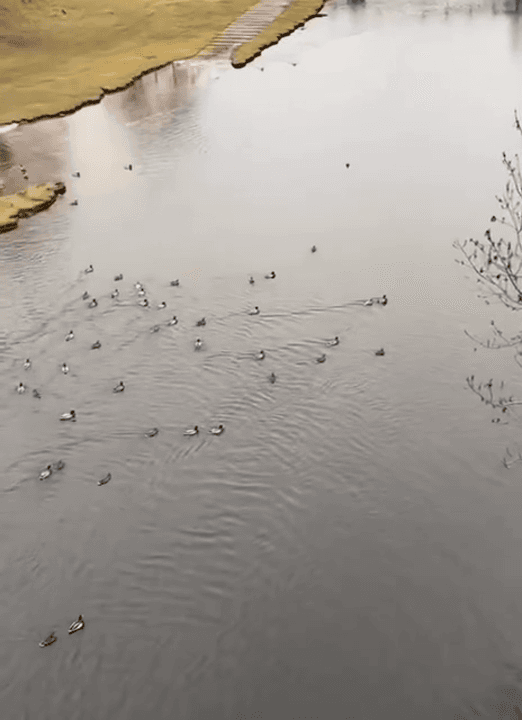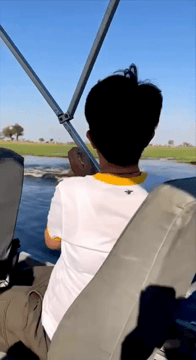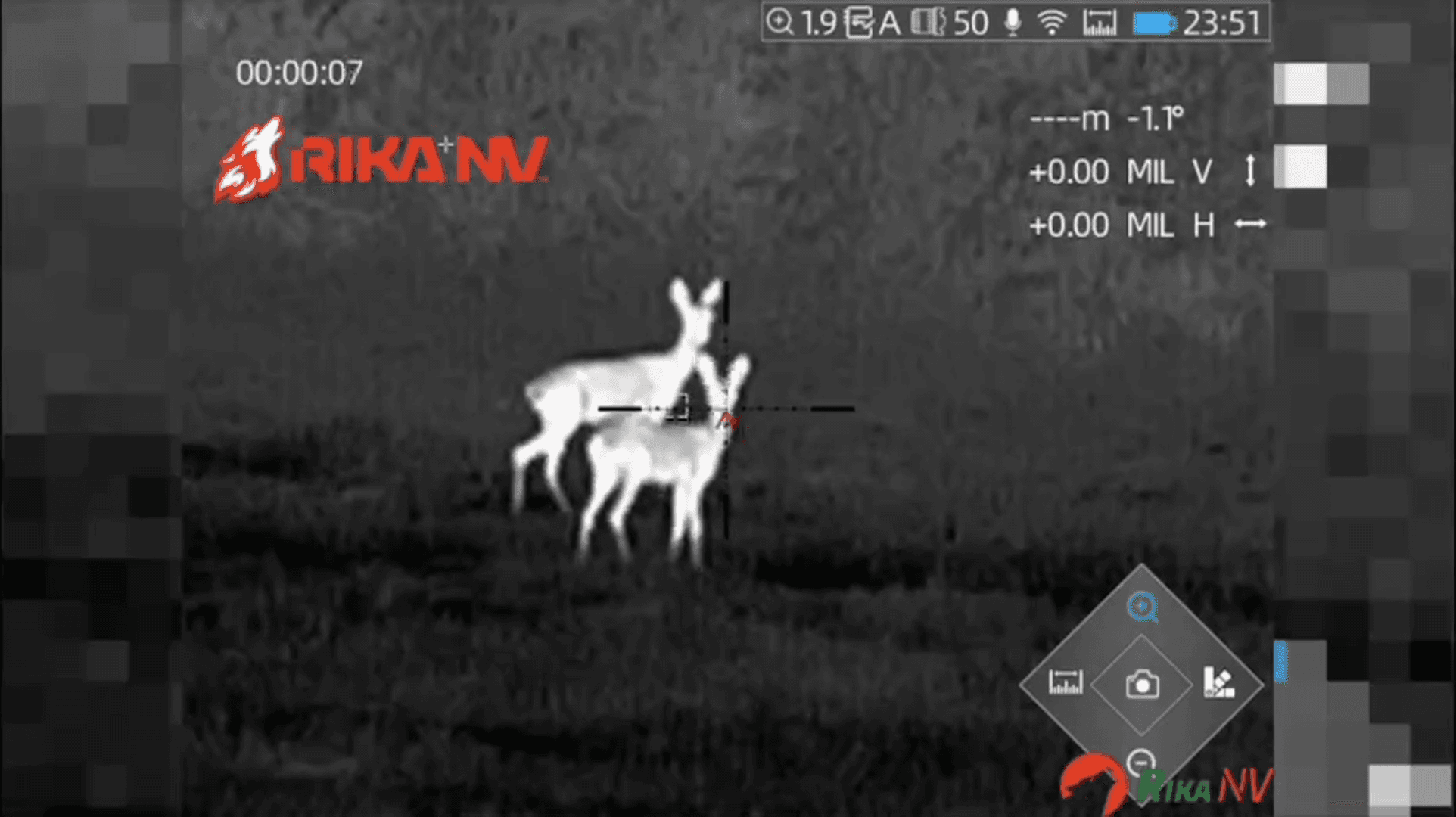
Fiordland National Park, New Zealand Each year starting in the end of November and peaking in early December, fields of bright purple Russell Lupins bloom across New Zealand's South Island. One of the most beautiful spots to go Lupin-spotting is in Fiordland National Park, home to the equally gorgeous Milford Sound.
Post: 18 May 12:19















































